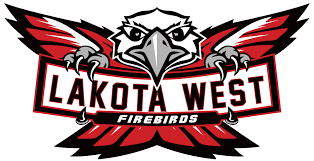Figuring out a way to study is pretty difficult for a lot of people, mostly because they don’t know how they personally study most efficiently. Teachers have their own opinions on the best way to study, but the thing is–there’s no one-size-fits-all method. Each person has their own learning styles, each of which can be placed into one of four categories: visual, auditory, reading/writing, and kinesthetic.
Visual: Visual learners learn best by seeing the information. These people can easily remember graphs, charts, maps, and drawings. If you rarely have trouble with directions, can remember faces, and visualize things very well, there’s a good chance you’re a visual learner. The best ways to study as a visual learner include:
- Flashcards with pictures
- Watching videos/animations about the topic
Auditory: Auditory learners learn by hearing facts and information. These learners like speaking in class, listening to oral reports, can remember names, and are probably in band. Because of this, they typically perform best in school by paying attention to lectures. Auditory learners retain information best using these strategies:
- Saying the content out loud in a way that makes sense to them
- Studying with non-distracting music
- Mnemonic devices
Reading/Writing: If you’re checking out the school newspaper, there’s a good chance you’re a reading/writing type of learner. These people typically take lots of notes in class and often read for fun. Studying methods for these learners are pretty obvious and include:
- Taking plenty of notes in class
- Rereading notes
- Translating charts and graphs into words
Kinesthetic: Also known as tactile learners, kinesthetic learners enjoy hands-on activities. Actually acting out what they’re learning is most helpful to them, so they typically enjoy science experiments or history reenactments. They also often have habits like chewing gum, pressing their pencils down too hard on the paper, or tapping pens. Learning methods for these types of people include:
- Teaching others the material
- Repetitive motion while studying (bouncing a ball, fidgeting, etc)
- Walking while studying
While this may be helpful if you know what type of learner you are, most people probably don’t. These quizzes will tell you what percent of each type of learner you are and help determine which studying tips and habits may work best for you.
http://www.educationplanner.org/students/self-assessments/learning-styles-quiz.shtml
http://gallatin.montana.edu/programs/tools/type.html






